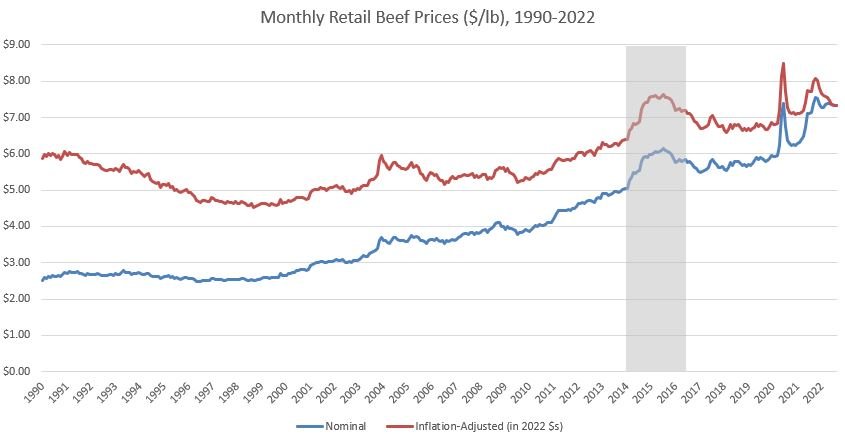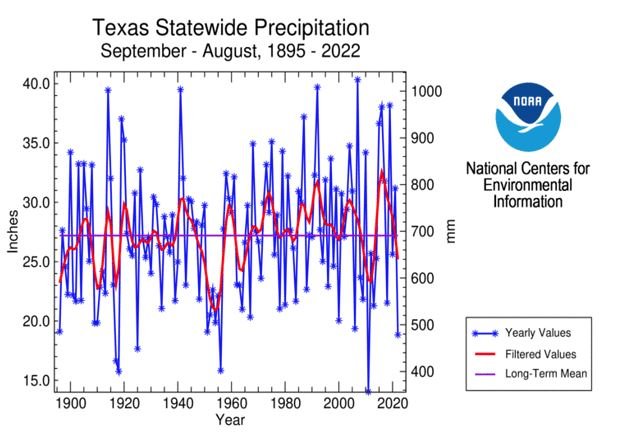That’s from the opening paragraph of a recently released a paper I co-authored with now PhD student, Jacob Schmiess in The Journal of Agricultural and Resource Economics (references removed for clarity).
Jacob and I invested this issue from the consumers’ point of view by looking at the tradeoffs consumers were willing to make between different attributes when buying ground beef with different environmental and animal welfare characteristics and claims. We surveyed over 1,500 consumers who were randomly assigned to choices that varied by how the welfare and environmental outcomes of beef were communicated (text only, text+visual cues, or via label claims) and by what information was presented to respondents (none, pro-welfare, or pro-environment).
Here is a summary of our results excerpted from the paper:
Across all presentation designs and information treatments, participants are far more willing to pay for animal welfare attributes than for environmental efficiencies. The three attributes representing animal welfare (particularly grassfed and AGH [added growth hormone] free) elicited higher overall WTP [willingnes-to-pay] than the three attributes representing environmental sustainability. Results indicate that [presentation format] can have a significant impact on consumer responses. Participants shown the purely informational presentation (text design) disregarded all numerically presented attributes (land use, water use, CO2 emissions, mortality rate). Instead, they chose options solely on price and whether the beef was grassfed with no AGH. The visual presentation incorporated color and size to illustrate the numeric attributes more intuitively. This group had significantly higher WTP for environmental attributes than those in the other presentations, although still lower than their WTP for animal welfare attributes. The label presentation was designed to more realistically mimic a grocery store setting, using images of packages of ground beef with labels representing each attribute besides price. Participants shown the label design had the lowest variance across attributes for WTP and relatively lower attribute WTP overall. Somewhat surprisingly, the land protection certified label produced slightly higher WTP than the grassfed label.
The use of pro-animal welfare information in the text design produced a significant increase in WTP for animal welfare attributes as well as lower preference for [beef overall]. Pro-environment information had no effect on any design.
In the label design, participants’ WTP for a meat option over a “purchase neither” option was 1.5–2 times higher than that of participants the other designs. This group was also the most heavily influenced by price and had relatively low attribute WTP overall. One potential reason for this is that the label design does not display a “less desirable” level of each attribute, only the absence of a desirable label. It is possible these labels are seen as bonuses to an already desirable product rather than as a better alternative to an explicitly “undesirable” quality.
You can read the whole thing here.





